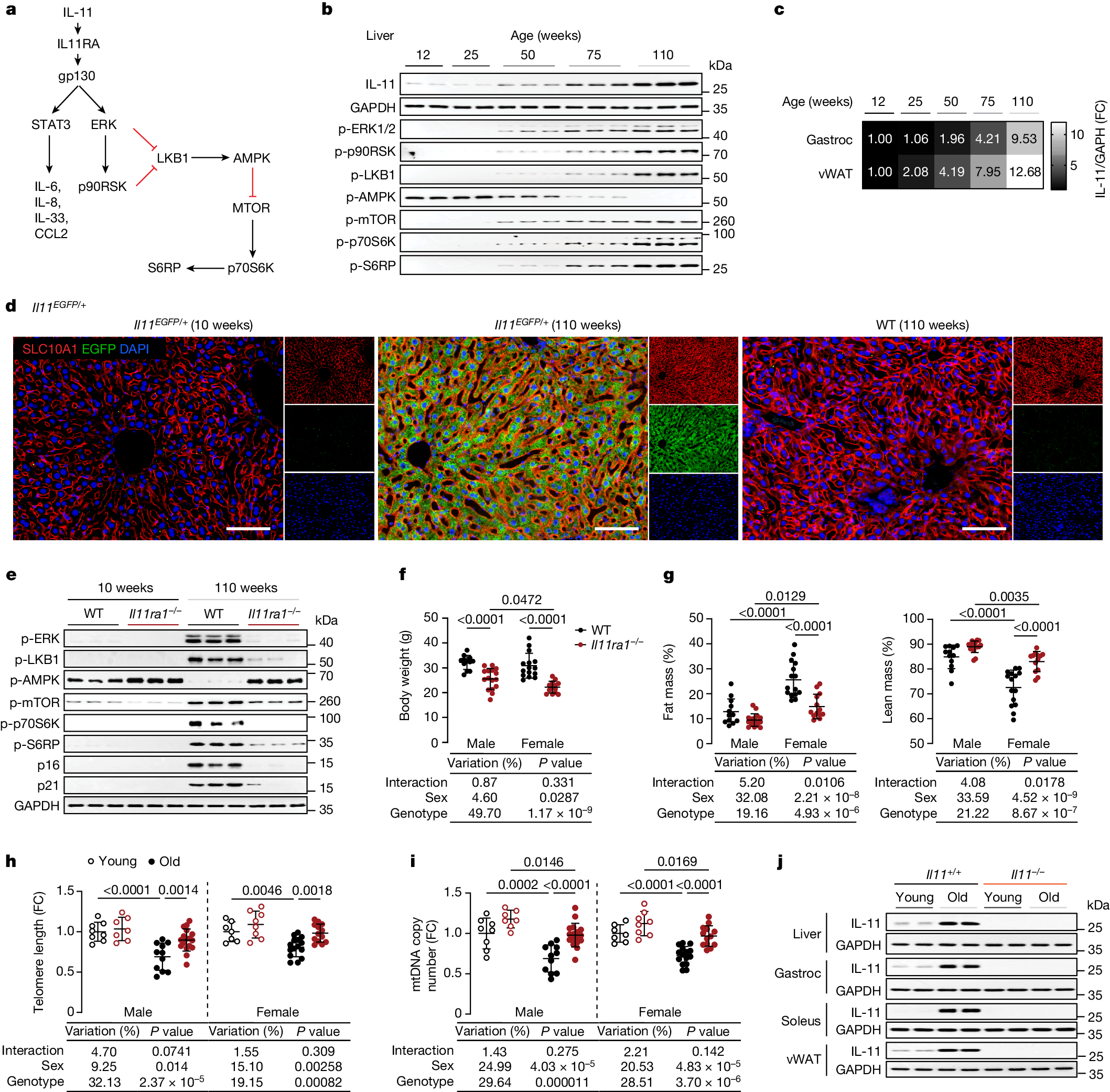
Scientists at Duke-NUS Medical School have achieved a significant breakthrough in anti-aging research, identifying a key protein that plays a pivotal role in the aging process. This discovery, published in the journal Nature, marks a crucial step forward in understanding how aging occurs at the molecular level.
The research team, led by Dr. Mei-Yi Ng, focused on interleukin-11 (IL-11), a cytokine known for its roles in inflammation and tissue regeneration. Through rigorous experimentation on animal models, they uncovered that IL-11 not only regulates inflammation but also influences cellular senescence, the process by which cells cease to divide and contribute to aging.
Dr. Ng's team demonstrated that manipulating IL-11 levels in mice could significantly extend their lifespan by up to 20%. This groundbreaking finding suggests that IL-11 could be a potential target for developing anti-aging therapies in humans.
Moreover, this study highlights the complex interplay between inflammation and aging. As we age, chronic inflammation becomes more prevalent and contributes to various age-related diseases such as Alzheimer's, arthritis, and cardiovascular disorders. Understanding IL-11's role opens new avenues for therapeutic interventions that could delay aging and mitigate associated health issues.
The implications of this research are profound, offering hope for a future where aging is not only better understood but also potentially manageable. While further studies are needed to translate these findings into clinical applications for humans, the identification of IL-11 as a key player in aging represents a major leap forward in the field of gerontology.
As we look ahead, the focus will shift towards exploring IL-11-targeted therapies and understanding how they could be safely and effectively utilized to promote healthy aging. The ultimate goal is to enhance human longevity and improve quality of life in our aging population.



0 Comments